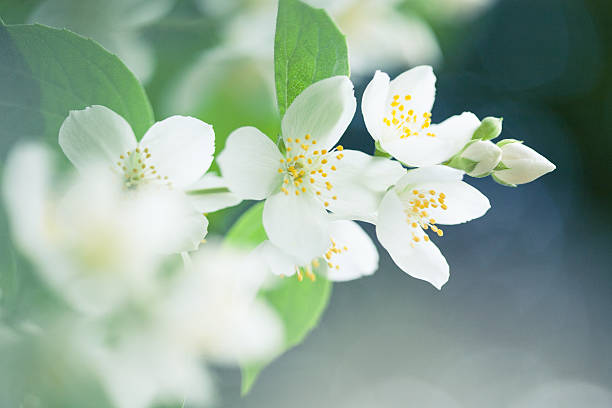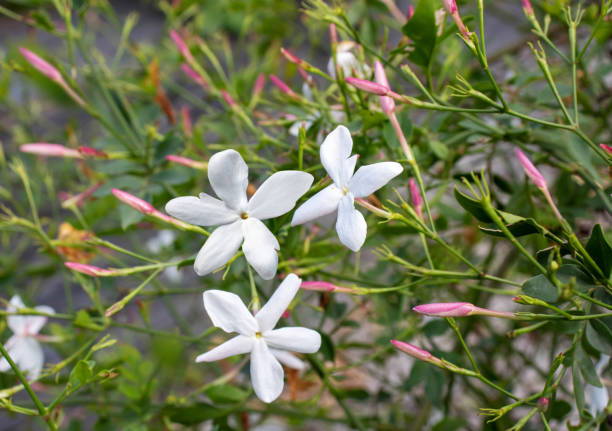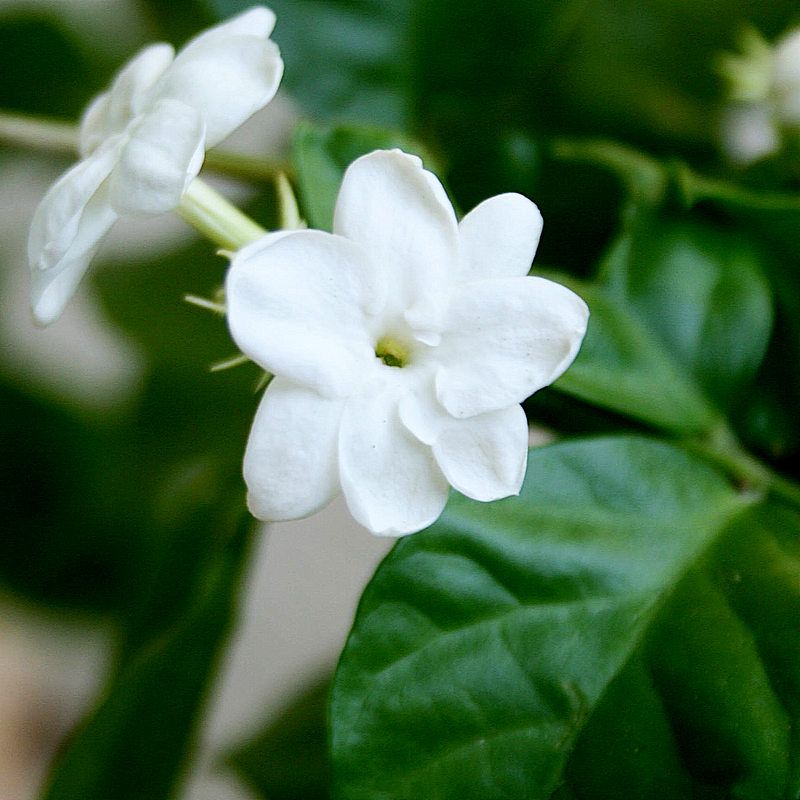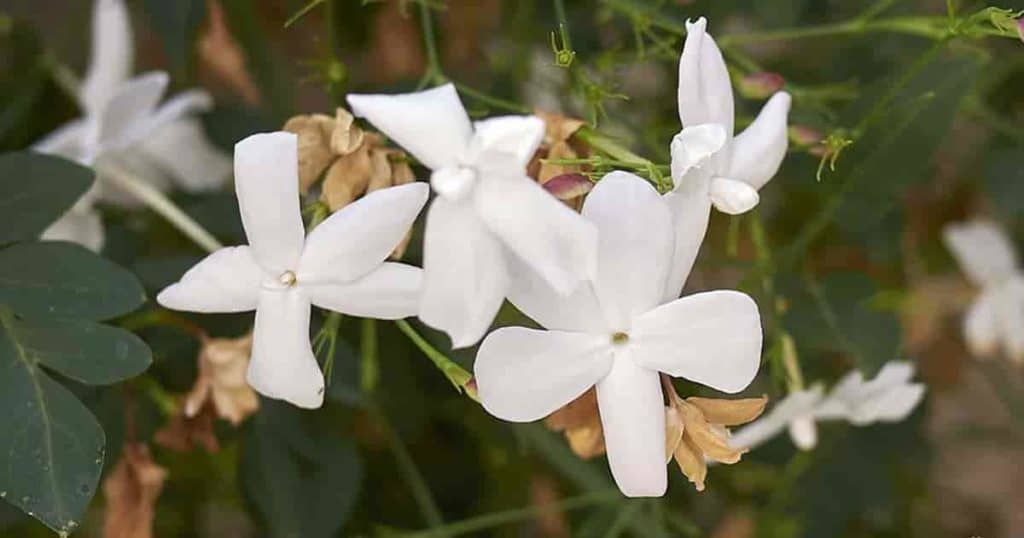Is Jasmine Edible?
Some of the jasmine varieties which belong to the Olive or Oleaceae Family are edible. Be careful with the false jasmine as they are not edible and may result in food poisoning. The flowers have a floral scent and are traditionally used to scent tea, but they can also be used to flavor shellfish dishes. The foods that use jasmine as a flavoring agent are alcoholic beverages, frozen dairy desserts, candy, baked goods, gelatins, and puddings.

Jasmine is a flower that grows on a plant. The flower is also used in the production of medicine. Jasmine has long been used to treat liver disease, scarring of the liver, and pain in the abdomen from severe diarrhea, to name a few of its traditional uses. It is also for the prevention of stroke, the induction of relaxation (as a sedative), aphrodisiac, and cancer treatment.
Jasmine is applied topically to the skin to reduce the amount of breast milk produced, treat skin diseases, and accelerate the healing of wounds. Inhaling jasmine can help to improve mood, reduce stress, and reduce food cravings, among other things.
Table of Contents
Edible Jasmine Varieties
Jessamine or Poet’s Jasmine

Tea can be consumed or used to flavor or scent beverages. The dried flowers are used as a tea substitute. Various foods, particularly Maraschino cherries, are flavored with essential oil extracted from the flowers. Other foods that contain the oil include baked goods, ice cream, sweets, chewing gum, and other gum products. It has a floral scent with a bittersweet undertone.
It is applied to corns and ear discharges to alleviate their symptoms. The leaves contain salicylic acid (which can also be found in the bark of Salix species and is used as an analgesic, febrifuge, and other things). It is used to treat ringworm, according to the literature. Aphrodisiac, antibacterial, antispasmodic, galactagogue, and tonic properties have been reported for the flowers. Generally speaking, they are widely used in the field of aromatherapy. Aromatherapy is a technique that makes use of essential oils. Depression, nervous tension, impotence, frigidity, menstrual disorders, and poor digestion are among the conditions for which it is prescribed.
Arabian Jasmine

In China, dried flowers are used to flavor tea. They are prevalent. The flowers of Jasminum lanceolaria can be used in conjunction with them to scent 100 kilos of tea. For example, 30 kilos of the flowers combined with 10 kilos of Jasminium lanceolaria flowers can scent 100 kilos of tea.
Thai cuisine is characterized by aromatic water made from flowers, particularly popular for desserts.
The practice of Ayurvedic medicine is heavily reliant on roots and leaves. While both the leaves and the flowers are used in traditional Chinese medicine, the leaves have a more potent effect than the flowers. Their antiamoebic, astringent, febrifuge and galactofuge properties are well known.
Fever can be treated internally with a decoction of a variety of herbs. Asthma is treated with an infusion in the case of catarrh, bronchitis, and other respiratory ailments.
To treat skin complaints and wounds, a poultice of the leaves is applied externally to the affected area. In order to discourage the production of breast milk, lactating women apply a plaster made of bruised leaves or flowers to their breasts. The flowers’ decongestant properties can be obtained by using an infusion of the flowers into the eyelids.
The stems are used as an antipyretic and in the treatment of abscesses, among other applications.
According to traditional medicine, a tincture made from the root has extremely strong sedative, anesthetic, and vulnerable properties.
Fever and venereal diseases are treated with the root, administered fresh. A decoction is used to treat pulmonary catarrh, bronchitis, and asthma, among other conditions.
Sprains and fractures are treated externally with the roots used as poultices.
Spanish Jasmine

In food and tobacco, jasmine absolute (the essential oil) and concrete (the waxy solid containing the essential oil) are used as flavoring agents and additives. Jasmine flowers are a popular tea flavoring in countries such as China and India, where they are used to flavor tea.
Jasmine oil or essence is used in the treatment of various ailments. Traditional medicine stimulates the reproductive system as an aphrodisiac and relaxes muscles by warming and softening the nerves and tendons. Coughs can be relieved by drinking an infusion of the flowers. Headaches (external application? weak eyes and scorpion stings) and scorpion stings are also treated with flowers. When applied externally to the skin, an infusion of the flowers can treat skin diseases such as acne. It is recommended to chew the leaves as a treatment for ulcers or mouth eruptions. Corn is treated with the plant’s fresh juice applied directly. It is poured into the ears after being mixed with oil to treat otorrhoea.
